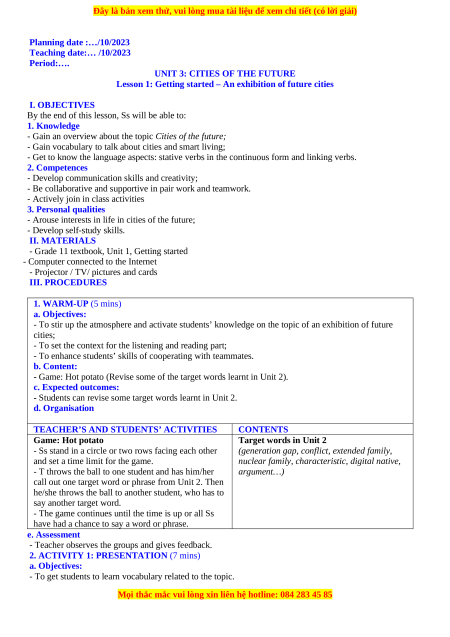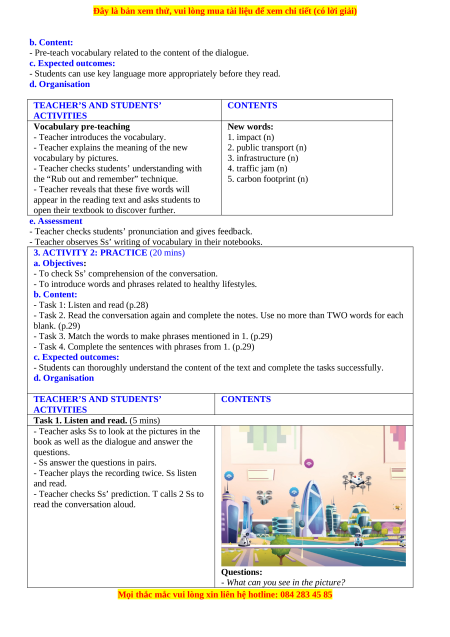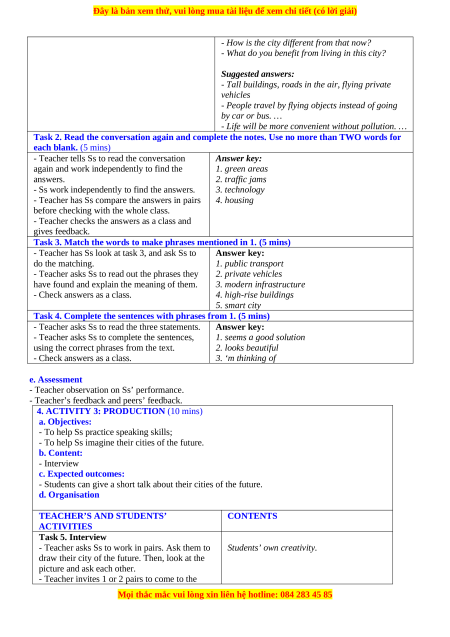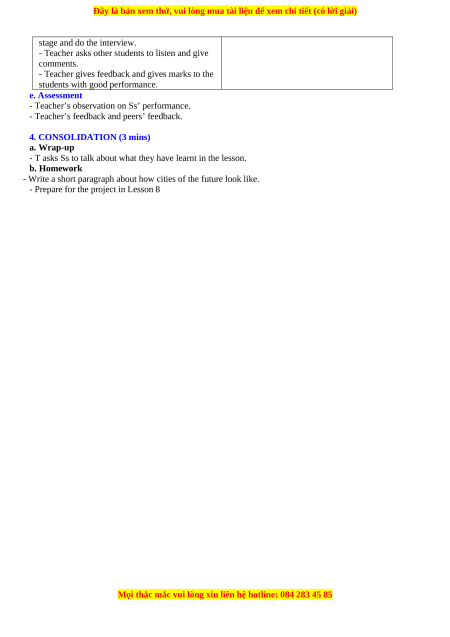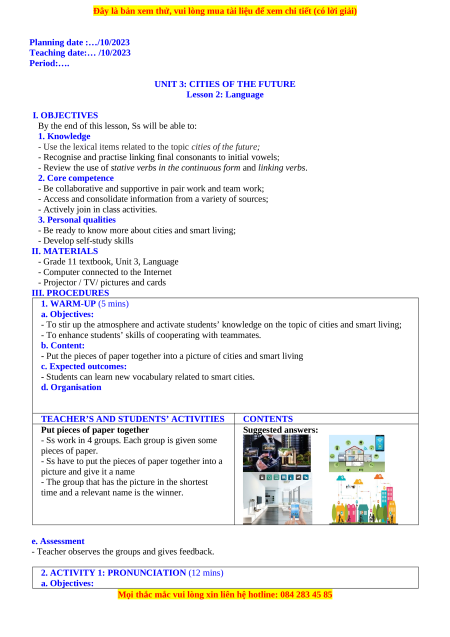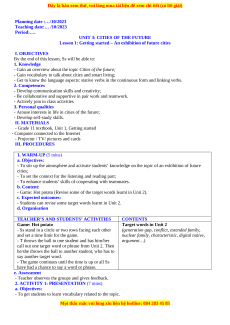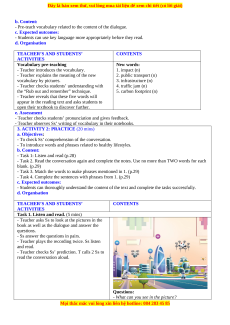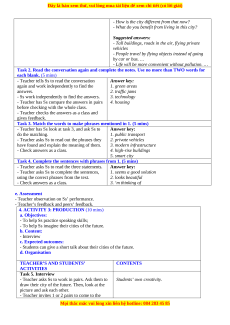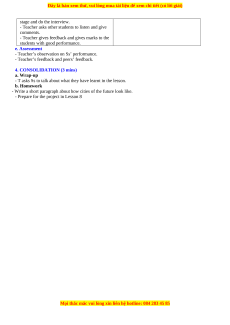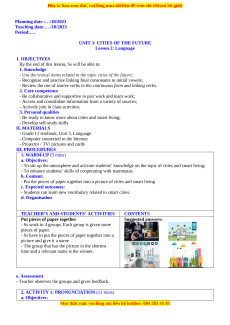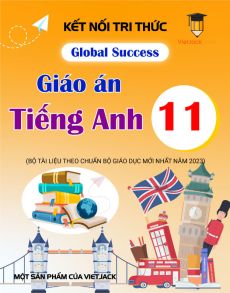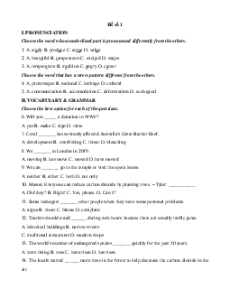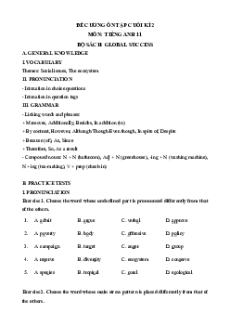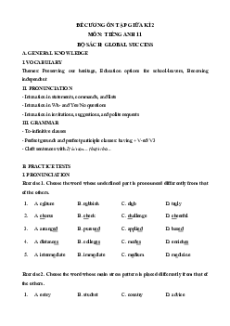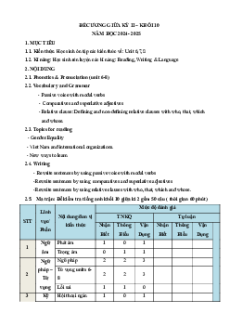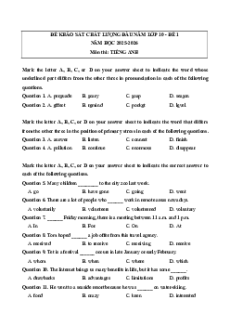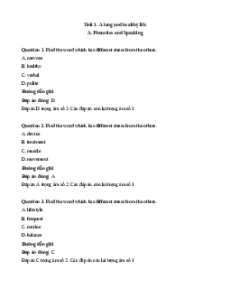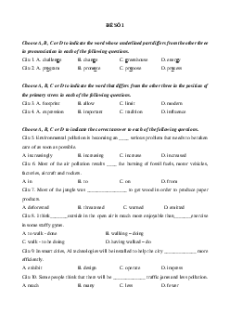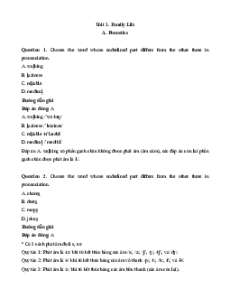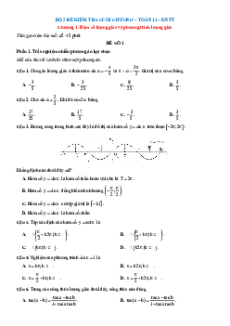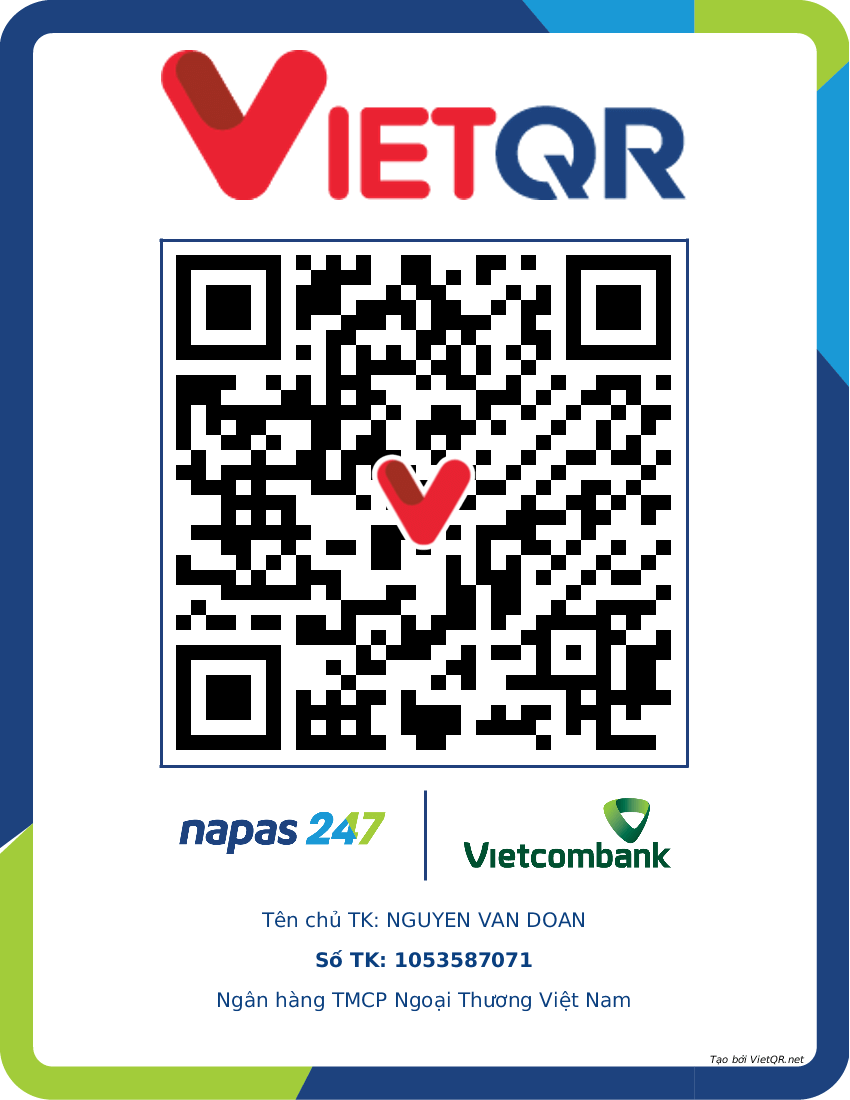Planning date :…/10/2023 Teaching date:… /10/2023 Period:….
UNIT 3: CITIES OF THE FUTURE
Lesson 1: Getting started – An exhibition of future cities I. OBJECTIVES
By the end of this lesson, Ss will be able to: 1. Knowledge
- Gain an overview about the topic Cities of the future;
- Gain vocabulary to talk about cities and smart living;
- Get to know the language aspects: stative verbs in the continuous form and linking verbs. 2. Competences
- Develop communication skills and creativity;
- Be collaborative and supportive in pair work and teamwork.
- Actively join in class activities 3. Personal qualities
- Arouse interests in life in cities of the future; - Develop self-study skills. II. MATERIALS
- Grade 11 textbook, Unit 1, Getting started
- Computer connected to the Internet
- Projector / TV/ pictures and cards III. PROCEDURES 1. WARM-UP (5 mins) a. Objectives:
- To stir up the atmosphere and activate students’ knowledge on the topic of an exhibition of future cities;
- To set the context for the listening and reading part;
- To enhance students’ skills of cooperating with teammates. b. Content:
- Game: Hot potato (Revise some of the target words learnt in Unit 2). c. Expected outcomes:
- Students can revise some target words learnt in Unit 2. d. Organisation
TEACHER’S AND STUDENTS’ ACTIVITIES CONTENTS Game: Hot potato Target words in Unit 2
- Ss stand in a circle or two rows facing each other
(generation gap, conflict, extended family,
and set a time limit for the game.
nuclear family, characteristic, digital native,
- T throws the ball to one student and has him/her argument…)
call out one target word or phrase from Unit 2. Then
he/she throws the ball to another student, who has to say another target word.
- The game continues until the time is up or all Ss
have had a chance to say a word or phrase. e. Assessment
- Teacher observes the groups and gives feedback.
2. ACTIVITY 1: PRESENTATION (7 mins) a. Objectives:
- To get students to learn vocabulary related to the topic.
b. Content:
- Pre-teach vocabulary related to the content of the dialogue. c. Expected outcomes:
- Students can use key language more appropriately before they read. d. Organisation
TEACHER’S AND STUDENTS’ CONTENTS ACTIVITIES Vocabulary pre-teaching New words:
- Teacher introduces the vocabulary. 1. impact (n)
- Teacher explains the meaning of the new 2. public transport (n) vocabulary by pictures. 3. infrastructure (n)
- Teacher checks students’ understanding with 4. traffic jam (n)
the “Rub out and remember” technique. 5. carbon footprint (n)
- Teacher reveals that these five words will
appear in the reading text and asks students to
open their textbook to discover further. e. Assessment
- Teacher checks students’ pronunciation and gives feedback.
- Teacher observes Ss’ writing of vocabulary in their notebooks.
3. ACTIVITY 2: PRACTICE (20 mins) a. Objectives:
- To check Ss’ comprehension of the conversation.
- To introduce words and phrases related to healthy lifestyles. b. Content:
- Task 1: Listen and read (p.28)
- Task 2. Read the conversation again and complete the notes. Use no more than TWO words for each blank. (p.29)
- Task 3. Match the words to make phrases mentioned in 1. (p.29)
- Task 4. Complete the sentences with phrases from 1. (p.29) c. Expected outcomes:
- Students can thoroughly understand the content of the text and complete the tasks successfully. d. Organisation
TEACHER’S AND STUDENTS’ CONTENTS ACTIVITIES
Task 1. Listen and read. (5 mins)
- Teacher asks Ss to look at the pictures in the
book as well as the dialogue and answer the questions.
- Ss answer the questions in pairs.
- Teacher plays the recording twice. Ss listen and read.
- Teacher checks Ss’ prediction. T calls 2 Ss to read the conversation aloud. Questions:
- What can you see in the picture?
- How is the city different from that now?
- What do you benefit from living in this city? Suggested answers:
- Tall buildings, roads in the air, flying private vehicles
- People travel by flying objects instead of going by car or bus. …
- Life will be more convenient without pollution. …
Task 2. Read the conversation again and complete the notes. Use no more than TWO words for each blank. (5 mins)
- Teacher tells Ss to read the conversation Answer key:
again and work independently to find the 1. green areas answers. 2. traffic jams
- Ss work independently to find the answers. 3. technology
- Teacher has Ss compare the answers in pairs 4. housing
before checking with the whole class.
- Teacher checks the answers as a class and gives feedback.
Task 3. Match the words to make phrases mentioned in 1. (5 mins)
- Teacher has Ss look at task 3, and ask Ss to Answer key: do the matching. 1. public transport
- Teacher asks Ss to read out the phrases they 2. private vehicles
have found and explain the meaning of them.
3. modern infrastructure - Check answers as a class. 4. high-rise buildings 5. smart city
Task 4. Complete the sentences with phrases from 1. (5 mins)
- Teacher asks Ss to read the three statements. Answer key:
- Teacher asks Ss to complete the sentences,
1. seems a good solution
using the correct phrases from the text. 2. looks beautiful - Check answers as a class. 3. ‘m thinking of e. Assessment
- Teacher observation on Ss’ performance.
- Teacher’s feedback and peers’ feedback.
4. ACTIVITY 3: PRODUCTION (10 mins) a. Objectives:
- To help Ss practice speaking skills;
- To help Ss imagine their cities of the future. b. Content: - Interview c. Expected outcomes:
- Students can give a short talk about their cities of the future. d. Organisation
TEACHER’S AND STUDENTS’ CONTENTS ACTIVITIES Task 5. Interview
- Teacher asks Ss to work in pairs. Ask them to
Students’ own creativity.
draw their city of the future. Then, look at the picture and ask each other.
- Teacher invites 1 or 2 pairs to come to the
stage and do the interview.
- Teacher asks other students to listen and give comments.
- Teacher gives feedback and gives marks to the
students with good performance. e. Assessment
- Teacher’s observation on Ss’ performance.
- Teacher’s feedback and peers’ feedback. 4. CONSOLIDATION (3 mins) a. Wrap-up
- T asks Ss to talk about what they have learnt in the lesson. b. Homework
- Write a short paragraph about how cities of the future look like.
- Prepare for the project in Lesson 8
Giáo án Unit 3: Cities of the future Tiếng Anh 11 Global success
2.1 K
1.1 K lượt tải
MUA NGAY ĐỂ XEM TOÀN BỘ TÀI LIỆU
CÁCH MUA:
- B1: Gửi phí vào TK:
1133836868- CT TNHH DAU TU VA DV GD VIETJACK - Ngân hàng MB (QR) - B2: Nhắn tin tới Zalo VietJack Official ( nhấn vào đây ) để xác nhận thanh toán và tải tài liệu - giáo án
Liên hệ ngay Hotline hỗ trợ: 084 283 45 85
Bộ giáo án Tiếng Anh 11 Global success được cập nhật liên tục trong gói này từ nay đến hết tháng 3/2024.
Để tải tài liệu gốc về máy bạn click vào nút Tải Xuống ở trên!
Thuộc bộ (mua theo bộ để tiết kiệm hơn):
- Bộ giáo án Tiếng Anh 11 Global success năm 2023 kèm mô tả ma trận đề kiểm tra và kế hoạch giảng dạy mới, chuẩn nhất được thiết kế theo phong cách hiện đại, đẹp mắt, trình bày chi tiết cho từng bài học và bám sát chương trình Sách giáo khoa Tiếng Anh 11 Kết nối tri thức.
- Mua trọn bộ sẽ tiết kiệm hơn tải lẻ 50%.
Đánh giá
4.6 / 5(2099 )5
4
3
2
1
Trọng Bình
Tài liệu hay
Giúp ích cho tôi rất nhiều
Duy Trần
Tài liệu chuẩn
Rất thích tài liệu bên VJ soạn (bám sát chương trình dạy)
TÀI LIỆU BỘ BÁN CHẠY MÔN Tiếng Anh
Xem thêmTÀI LIỆU BỘ BÁN CHẠY Lớp 11
Xem thêmTài liệu bộ mới nhất

Đây là bản xem thử, vui lòng mua tài liệu để xem chi tiết (có lời giải)
Planning date :…/10/2023
Teaching date:… /10/2023
Period:….
UNIT 3: CITIES OF THE FUTURE
Lesson 1: Getting started – An exhibition of future cities
I. OBJECTIVES
By the end of this lesson, Ss will be able to:
1. Knowledge
- Gain an overview about the topic Cities of the future;
- Gain vocabulary to talk about cities and smart living;
- Get to know the language aspects: stative verbs in the continuous form and linking verbs.
2. Competences
- Develop communication skills and creativity;
- Be collaborative and supportive in pair work and teamwork.
- Actively join in class activities
3. Personal qualities
- Arouse interests in life in cities of the future;
- Develop self-study skills.
II. MATERIALS
- Grade 11 textbook, Unit 1, Getting started
- Computer connected to the Internet
- Projector / TV/ pictures and cards
III. PROCEDURES
1. WARM-UP (5 mins)
a. Objectives:
- To stir up the atmosphere and activate students’ knowledge on the topic of an exhibition of future
cities;
- To set the context for the listening and reading part;
- To enhance students’ skills of cooperating with teammates.
b. Content:
- Game: Hot potato (Revise some of the target words learnt in Unit 2).
c. Expected outcomes:
- Students can revise some target words learnt in Unit 2.
d. Organisation
TEACHER’S AND STUDENTS’ ACTIVITIES CONTENTS
Game: Hot potato
- Ss stand in a circle or two rows facing each other
and set a time limit for the game.
- T throws the ball to one student and has him/her
call out one target word or phrase from Unit 2. Then
he/she throws the ball to another student, who has to
say another target word.
- The game continues until the time is up or all Ss
have had a chance to say a word or phrase.
Target words in Unit 2
(generation gap, conflict, extended family,
nuclear family, characteristic, digital native,
argument…)
e. Assessment
- Teacher observes the groups and gives feedback.
2. ACTIVITY 1: PRESENTATION (7 mins)
a. Objectives:
- To get students to learn vocabulary related to the topic.
Mọi thắc mắc vui lòng xin liên hệ hotline: 084 283 45 85

Đây là bản xem thử, vui lòng mua tài liệu để xem chi tiết (có lời giải)
b. Content:
- Pre-teach vocabulary related to the content of the dialogue.
c. Expected outcomes:
- Students can use key language more appropriately before they read.
d. Organisation
TEACHER’S AND STUDENTS’
ACTIVITIES
CONTENTS
Vocabulary pre-teaching
- Teacher introduces the vocabulary.
- Teacher explains the meaning of the new
vocabulary by pictures.
- Teacher checks students’ understanding with
the “Rub out and remember” technique.
- Teacher reveals that these five words will
appear in the reading text and asks students to
open their textbook to discover further.
New words:
1. impact (n)
2. public transport (n)
3. infrastructure (n)
4. traffic jam (n)
5. carbon footprint (n)
e. Assessment
- Teacher checks students’ pronunciation and gives feedback.
- Teacher observes Ss’ writing of vocabulary in their notebooks.
3. ACTIVITY 2: PRACTICE (20 mins)
a. Objectives:
- To check Ss’ comprehension of the conversation.
- To introduce words and phrases related to healthy lifestyles.
b. Content:
- Task 1: Listen and read (p.28)
- Task 2. Read the conversation again and complete the notes. Use no more than TWO words for each
blank. (p.29)
- Task 3. Match the words to make phrases mentioned in 1. (p.29)
- Task 4. Complete the sentences with phrases from 1. (p.29)
c. Expected outcomes:
- Students can thoroughly understand the content of the text and complete the tasks successfully.
d. Organisation
TEACHER’S AND STUDENTS’
ACTIVITIES
CONTENTS
Task 1. Listen and read. (5 mins)
- Teacher asks Ss to look at the pictures in the
book as well as the dialogue and answer the
questions.
- Ss answer the questions in pairs.
- Teacher plays the recording twice. Ss listen
and read.
- Teacher checks Ss’ prediction. T calls 2 Ss to
read the conversation aloud.
Questions:
- What can you see in the picture?
Mọi thắc mắc vui lòng xin liên hệ hotline: 084 283 45 85

Đây là bản xem thử, vui lòng mua tài liệu để xem chi tiết (có lời giải)
- How is the city different from that now?
- What do you benefit from living in this city?
Suggested answers:
- Tall buildings, roads in the air, flying private
vehicles
- People travel by flying objects instead of going
by car or bus. …
- Life will be more convenient without pollution. …
Task 2. Read the conversation again and complete the notes. Use no more than TWO words for
each blank. (5 mins)
- Teacher tells Ss to read the conversation
again and work independently to find the
answers.
- Ss work independently to find the answers.
- Teacher has Ss compare the answers in pairs
before checking with the whole class.
- Teacher checks the answers as a class and
gives feedback.
Answer key:
1. green areas
2. traffic jams
3. technology
4. housing
Task 3. Match the words to make phrases mentioned in 1. (5 mins)
- Teacher has Ss look at task 3, and ask Ss to
do the matching.
- Teacher asks Ss to read out the phrases they
have found and explain the meaning of them.
- Check answers as a class.
Answer key:
1. public transport
2. private vehicles
3. modern infrastructure
4. high-rise buildings
5. smart city
Task 4. Complete the sentences with phrases from 1. (5 mins)
- Teacher asks Ss to read the three statements.
- Teacher asks Ss to complete the sentences,
using the correct phrases from the text.
- Check answers as a class.
Answer key:
1. seems a good solution
2. looks beautiful
3. ‘m thinking of
e. Assessment
- Teacher observation on Ss’ performance.
- Teacher’s feedback and peers’ feedback.
4. ACTIVITY 3: PRODUCTION (10 mins)
a. Objectives:
- To help Ss practice speaking skills;
- To help Ss imagine their cities of the future.
b. Content:
- Interview
c. Expected outcomes:
- Students can give a short talk about their cities of the future.
d. Organisation
TEACHER’S AND STUDENTS’
ACTIVITIES
CONTENTS
Task 5. Interview
- Teacher asks Ss to work in pairs. Ask them to
draw their city of the future. Then, look at the
picture and ask each other.
- Teacher invites 1 or 2 pairs to come to the
Students’ own creativity.
Mọi thắc mắc vui lòng xin liên hệ hotline: 084 283 45 85

Đây là bản xem thử, vui lòng mua tài liệu để xem chi tiết (có lời giải)
stage and do the interview.
- Teacher asks other students to listen and give
comments.
- Teacher gives feedback and gives marks to the
students with good performance.
e. Assessment
- Teacher’s observation on Ss’ performance.
- Teacher’s feedback and peers’ feedback.
4. CONSOLIDATION (3 mins)
a. Wrap-up
- T asks Ss to talk about what they have learnt in the lesson.
b. Homework
- Write a short paragraph about how cities of the future look like.
- Prepare for the project in Lesson 8
Mọi thắc mắc vui lòng xin liên hệ hotline: 084 283 45 85

Đây là bản xem thử, vui lòng mua tài liệu để xem chi tiết (có lời giải)
Planning date :…/10/2023
Teaching date:… /10/2023
Period:….
UNIT 3: CITIES OF THE FUTURE
Lesson 2: Language
I. OBJECTIVES
By the end of this lesson, Ss will be able to:
1. Knowledge
- Use the lexical items related to the topic cities of the future;
- Recognise and practise linking final consonants to initial vowels;
- Review the use of stative verbs in the continuous form and linking verbs.
2. Core competence
- Be collaborative and supportive in pair work and team work;
- Access and consolidate information from a variety of sources;
- Actively join in class activities.
3. Personal qualities
- Be ready to know more about cities and smart living;
- Develop self-study skills
II. MATERIALS
- Grade 11 textbook, Unit 3, Language
- Computer connected to the Internet
- Projector / TV/ pictures and cards
III. PROCEDURES
1. WARM-UP (5 mins)
a. Objectives:
- To stir up the atmosphere and activate students’ knowledge on the topic of cities and smart living;
- To enhance students’ skills of cooperating with teammates.
b. Content:
- Put the pieces of paper together into a picture of cities and smart living
c. Expected outcomes:
- Students can learn new vocabulary related to smart cities.
d. Organisation
TEACHER’S AND STUDENTS’ ACTIVITIES CONTENTS
Put pieces of paper together
- Ss work in 4 groups. Each group is given some
pieces of paper.
- Ss have to put the pieces of paper together into a
picture and give it a name
- The group that has the picture in the shortest
time and a relevant name is the winner.
Suggested answers:
e. Assessment
- Teacher observes the groups and gives feedback.
2. ACTIVITY 1: PRONUNCIATION (12 mins)
a. Objectives:
Mọi thắc mắc vui lòng xin liên hệ hotline: 084 283 45 85
